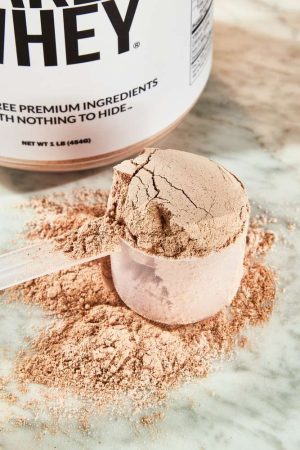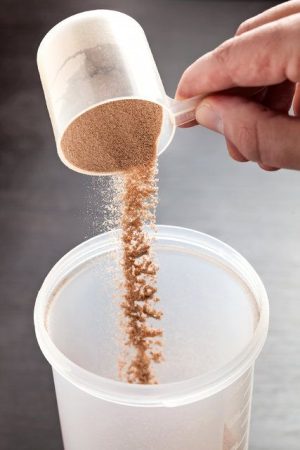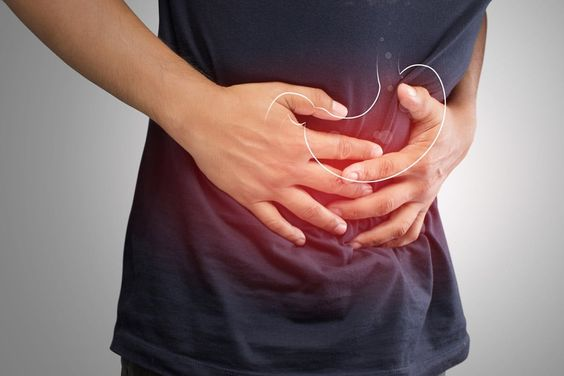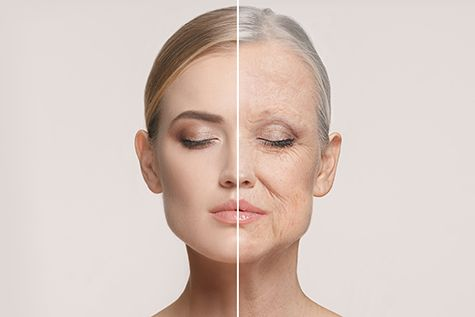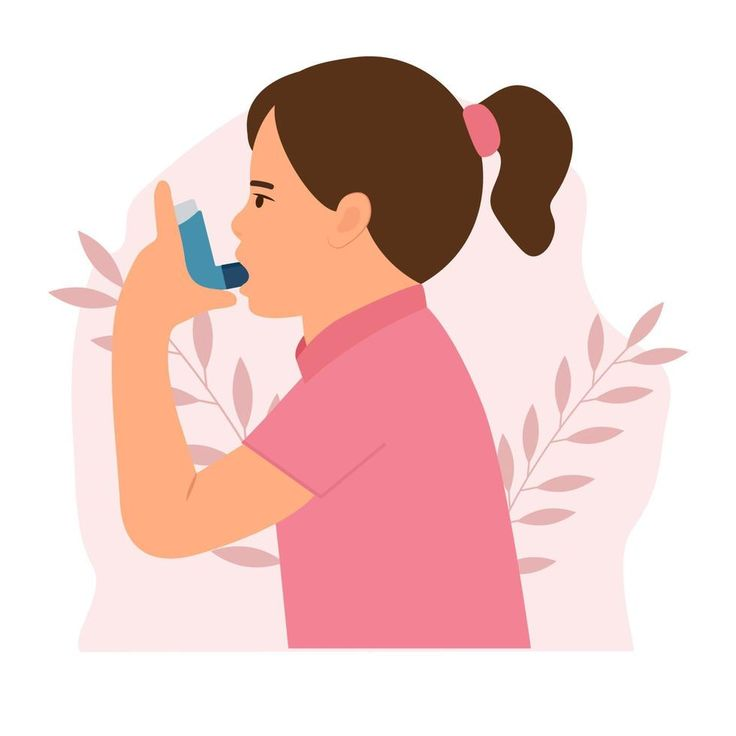Hair fall can be the most distressing thing to occur for both males and females. Maintaining hairfall needs patience and you will have to work on your lifestyle accordingly. I have been facing the same issue thoroughly, it was tough to wait patiently and it was worth having patience.
Thinning hair is a real issue, and you might also have doubts that home remedies work. The answer would be Yes, it works. But it will work only if you keep consistency and follow single remedy steps for a couple of months. You will get the results for sure..

Today I am going to share some Organic Home remedies by which you can treat hair fall easily at home. Home remedies are one of the safest to try out without extra expenses. But before sharing the remedies I would like to mention some factors which you should know, and for which reasons you might face hair fall.
Some factors for your hair fall can be due to Genetics such as family history which causes a lot of hair loss and baldness, also you can face hair fall due to Stress, diet, and lifestyle can also impact majorly, medical conditions and hormonal changes such as childbirth, pregnancy, thyroid problems might also lead to hair fall or other lack of vitamins and minerals. Along with maintaining a healthy body, we should also take care of our hair.
Coming back to the home remedies here are the top 10 essential organic home remedies for hair fall, which is going to be very useful for you, as these remedies have been experimented and I am sure it will work on you too..
10 organic Home remedies for reducing hair fall
1. Onion Juice: To be honest it smells quite bad, but once you use it and wash it off the smell is nothing; and also to get the best results you can bear it for a little. Firstly you need to extract the onion juice by grinding and squeezing the juice from the onion. Once done apply the juice on your scalp and leave it for 40-60 mins. Wash it off with mild shampoo and repeat the process thrice a month. I am sure you will get the best results.

2. Hot oil massage: This is old aged ancient remedy, almost in every house our ancestors followed these steps and till today our moms and grandmas follow this step. We should massage our heads with hot oil to improve blood circulation and to strengthen roots of our hair and oils you can use such as coconut, almond, castor or olive oil.

3. Egg mask: In general egg mask helps your hair grow healthier and stronger. To follow the steps, mix an egg with a tbsp of honey and olive oil or yogurt and olive oil. Apply the mixture on your hair and leave it for 25 mins, and then wash it off with a mild shampoo. As a result it will also help your hair look silk and shinier.

4. Amla (Indian Gooseberry): Amla powder consist of antioxidants and Vitamin C, which will help your hair look voluminous. To make a paste mix amla powder with olive oil or lemon juice to make a thick paste and apply it on your scalp. Let it dry and rinse it off with plain water or mild shampoo. Continue the steps twice a month and it will make your hair roots stronger, clean as it also helps removes dirt.

5. Green Tea: Green tea not only helps in weight loss, but it also helps your hair reduce breakage. One of the finest clean process to use this is by rinsing your hair with a freshly brewed green tea. You will get a fresh hair, and it supports hair regrowth and it is truly very beneficial for your hair root too.

6. Hibiscus: Hibiscus is a common flower in Indian home, if this plant is available then this remedy is for you. It helps hair straightening as well as helps in reducing hair fall. You just need to take the flower and leaves and make a paste out of it. Apply and leave it for 25-30 minutes and wash it off.

7. Methi (Fenugreek seeds): This seeds are rich in iron and protein, which is very essential for healthy hair growth. It helps to keep roots stronger. The process to use is, firstly soak the fenugreek seeks on water overnight and boil the seeds on the same water next day, once it gets cool grind the seeds into paste and massage the paste on the scalp and leave it for 30-40 mins. Apply for twice a week and soon you will see the results.

8. Neem: Neem leave is an anti bacterial and it is very effective to use on hair scalp to prevent hair loss. First boil the neem leaves and strain the neem water, you can also store the water on freeze and you can also add onion juice and use it.

9. Aloe vera and olive oil: This two are very common and familiar, aloe vera contains vitamins which helps in blood circulation and contributes cell rejuvenation. Olive oil is rich in vitamin A and E which helps to stimulate hair follicles and helps in strengthening hair strands.
Take two spoon of olive oil and aloe vera gel, mix it well and apply the paste on your scalp. Leave it for 20-30 mins and wash it with mild shampoo. Repeat the paste using for twice a week to get the results.

10. Healthy Diet: Healthy diet is the most commonly ignored in order to get healthy hair. But eating healthy and getting proper nutrition impacts on our hair too. We always need to take care of our food habits and eat balanced diet which includes rich in vitamins, minerals and irons.

Any of these remedies can be very beneficial if you apply it consistently and a good hair care practices can truly complement a healthy lifestyle. However, if you face a severe hairloss or hairfall then it is always recommended to consult doctor or professionals healthcare. But the remedies which I have mentioned are all harmless and it is truly beneficial with pure rich ingredients. Hope you’ll get the best results out of these organic remedies, same as me!




